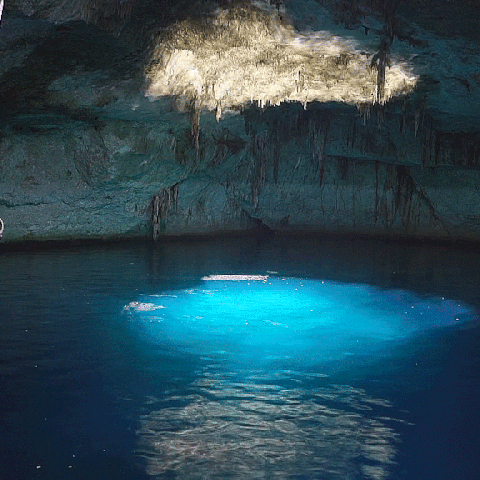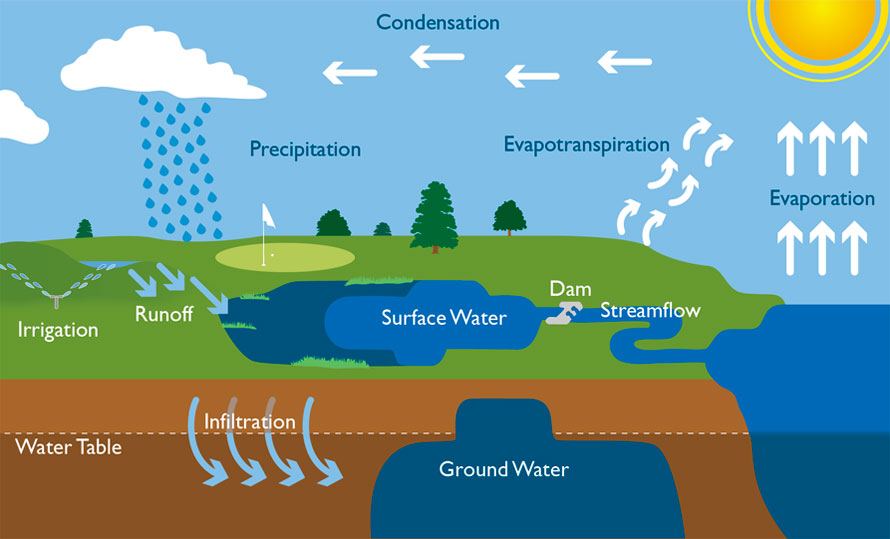
More than 99% of Earth’s water in its natural state is unavailable or unsuitable for human use. Thus, the amount of freshwater for which all the people, animals, and plants on the earth compete is even less than 1%.
This water which is available as fresh water comes from inland surface water sources (such as rivers, streams, lakes & reservoirs) and groundwater sources.
Surface Water Sources:
Most surface water originates directly from precipitation in the form of rainfall or snow. Groundwater from springs and seeps also contributes to the flow of most of the streams.
The various surface water sources along with their characteristics are described as under:
Sea Water:
Though the oceans contain about 97% of the total water in the world, as ocean waters contain a high concentration of salts (approx. 3.5%) in solution, it becomes uneconomical to make this water potable. Still in places, where seawater is the only source available potable water is obtained from seawater by carrying out desalting or demineralizing.
Rivers and Streams:
Precipitation that does not evaporate or infiltrate runs off the surface towards the sea, in the form of streams and rivers. Rivers and streams are important sources of water supply even though the water from these sources is generally more variable in quality as well as less satisfactory than the water from lakes and impounded reservoirs.

Natural Lakes and Ponds:
Lakes are inland depressions that hold standing fresh water throughout the year. Ponds are generally small, temporary or permanent shallow water bodies. As their water is much more accessible than groundwater or glaciers, they are considered as an important (though minor) source of fresh water supply. Water from these sources is more uniform in quality than water from flowing rivers and streams.
Artificial Impounding Reservoirs:
These are formed by constructing hydraulic structures (like dams) across river valleys. The deeper and narrower the valley is, the easier it is to construct the dam. The water quality is similar to that of natural lakes and ponds.
Inland surface water is the major source of fresh water for agricultural, domestic, and industrial use throughout the world. The major environmental issue regarding inland surface water sources is the degradation of these sources by the disposal of sewage and industrial effluents without treatment.
Ground Water Sources:
After glaciers, ice caps, and snowfields, groundwater is the next largest freshwater reservoir. Precipitation that does not evaporate back into the air or runoff over the surface percolates through the soil and either accumulates in an underground basin or flows underground in sub-surface streams.






